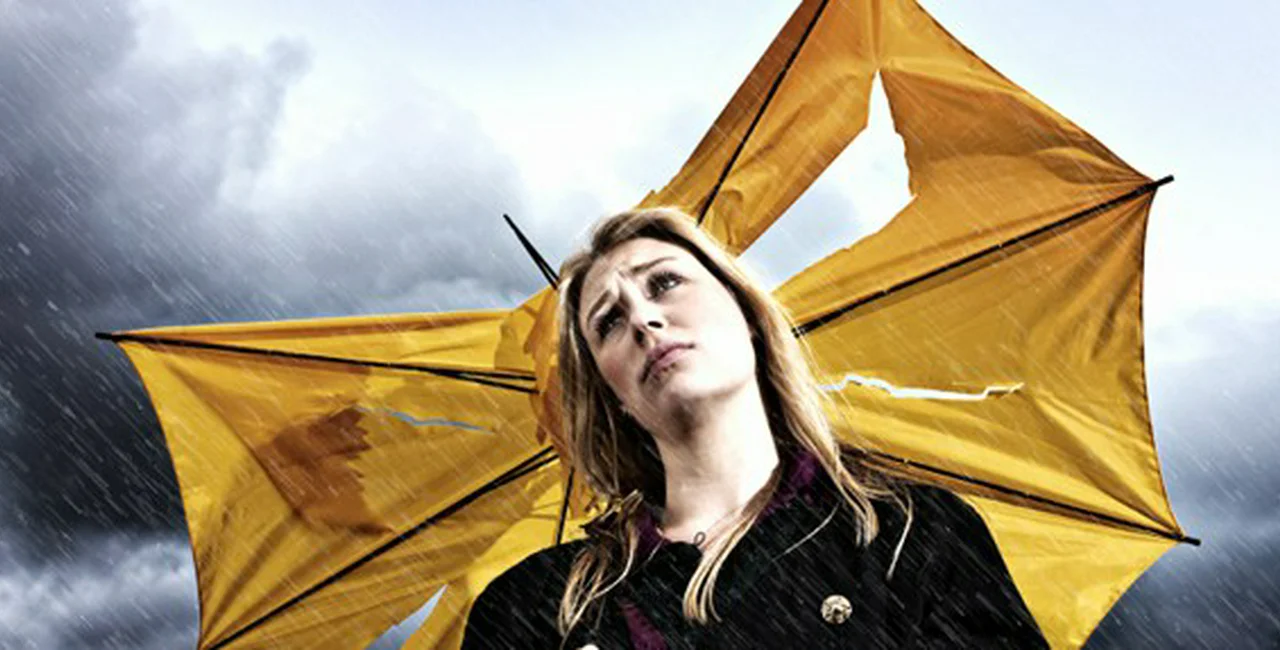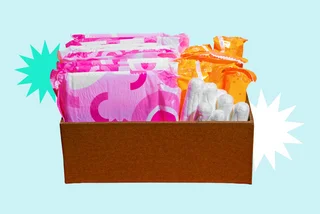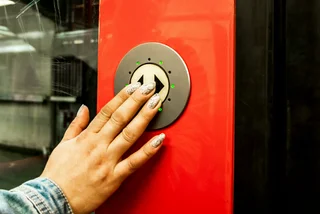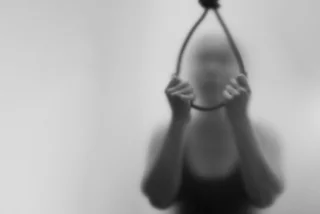This time of year when the sky in Prague is a low-lying, mass of gray it’s not unusual to feel a bit under the weather. However, for some, those feelings don’t just pass after a few days, but hang on throughout the season and, potentially, don’t go away until it’s gone.
Described as a type of winter depression, Seasonal Affective disorder (SAD) occurs regularly between the fall and winter months. “As the name suggests, [SAD] is a regularly occurring seasonal low mood, and is, clinically, a sub-type of Depression,” says Dr. Craig McNulty, a Prague-based Clinical Psychologist and Professor of Clinical and Counseling Psychology at UNYP (University of New York in Prague). “To diagnose it requires that it has clearly occurred at least twice, over two years, during winter months, and the symptoms should clear completely in the spring/summer months.”
Along with low-mood, the most cited symptoms of SAD include low-energy or fatigue, changes in sleeping and eating patterns, loss of concentration, social problems and a lack of interest in activities you normally enjoy. McNulty notes, “severe cases might be associated with loss of self-esteem and confidence and even with urges to self-harm.”
As for its causes, SAD is most often linked to the shortened daylight hours and reduced levels of sunlight. This seasonal change is thought to disrupt the body’s circadian rhythm or biological clock, which, in the words of the American Psychiatric Association (APA) “can cause [people] to be out of step with their daily schedules”. The shorter days and lack of sun are said to be related to a biochemical imbalance in the brain.
“SAD is thought to be a biological ‘hang over’ from our mammalian ancestors who experienced a need either to hibernate or greatly reduce their levels of physical activity during winter months, when food and therefore energy – was in short supply,” says Dr. McNulty. “It is now accepted that it seems to be related to seasonal changes in levels of neurotransmitters and hormones – particularly Melatonin – which affect our information processing speed and emotions – and inclination to sleep – during the winter months.” Serotonin, a neurotransmitter that affects mood, is also cited by several sources in relationship to SAD. According the U.S. – based Mayo Clinic “reduced levels of sunlight can cause a drop in serotonin that may trigger depression.”
Along with being female, or having family members with SAD, living in a country that is far from the equator is a factor that has been regularly noted to potentially increase one’s risk of SAD. “Generally the rate of incidence of SAD increases proportionally as a function of distance from the equator, “ says Dr. McNulty. “So you are much more likely to experience this in winter in the Czech Republic than in Southern Spain.”
Clinical Psychologist and Psychoanalytic Therapist, Dr. Jiří Tyl speaks to Prague specifically: “Prague is in a basin – a kind of bowl – so inversion occurs often. Add some city smog to the air; the result is that we spend a month or even more not seeing sun at all.”
Dr. Tyl is behind the website fototerapie.com, which promotes phototherapy (or light therapy) – one of the most common treatments used for SAD. Essentially it’s a bright light box – mimicking outdoor light – that you sit in front of each day from 30 up to 90 minutes. “I started using the lamp for myself seven years ago and recognized the effects on my mood and energy. So I started importing it from the Netherlands,” says Dr. Tyl. “The importance is the intensity – 10,000 lux [the same intensity as a bright summer day according to SADA (SAD Association]”.
According to the Mayo Clinic “Light therapy is one of the first line treatments for seasonal affective disorder. It generally starts working in two to four days and causes few side effects.” Anti-depressant medications are used in some cases and Cognitive Behavioral Therapy “that concentrates on helping people manage the symptoms is also strongly recommended” says Dr. McNulty.
Outside of the standard treatments, a number of home remedies or lifestyle choices can be implemented to potentially help remedy the symptoms. These include incorporating brighter ‘day light’ light bulbs into your home, along with color and even candles. Exercise is wholeheartedly recommended, including outdoor activities. “Generally exercise has been very well proven to help with most forms of depression so if you reduce your levels of exercise during the short cold dark winter months this is a mistake, “says Dr. McNulty. “If anything you should get out more on walks and bike rides and grab as much of the available natural sunlight as possible at the same time.” Taking vacations to brighter locations during the fall and winter season is also recommended as is understanding yourself and making the necessary adjustments and preparations to prepare: “Preparing to adapt to [SAD] and coping with it, rather than feeling bad about yourself because of it, is probably the most practical approach, “says Dr. McNulty. “And remembering that it will get better in the spring, which can be hard to do in the middle of winter.”
Resources:
The City Practice (Dr. Craig McNulty)
PhDr. Jiří Týl
Prague Psychiatric Center (the Clinical Division in Ward 1 mentions that they provide light therapy for SAD)
Read also (by Expats.cz): Mental Health Resources in Prague
Related articles











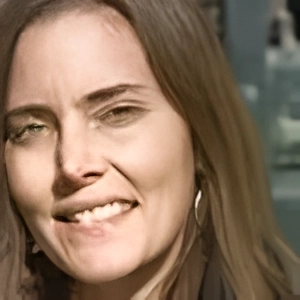
 Reading time: 4 minutes
Reading time: 4 minutes 